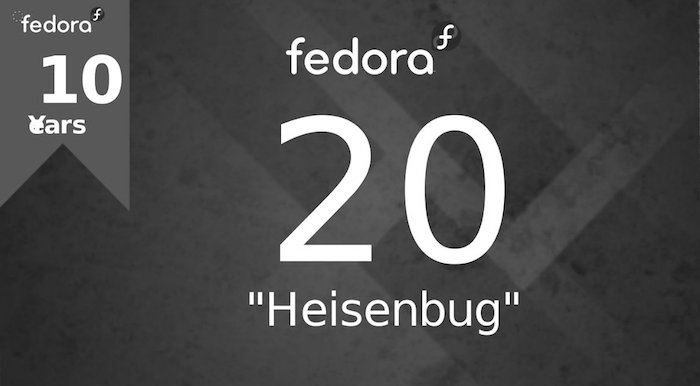Fedora 20, the newest version of the Linux-based operating system affiliated with Red Hat (RHT), has been out only for a few weeks. But it is already creating challenges for Linux users with AMD graphics hardware, which is not supported in some cases on the new release. It's a reminder of the way that dependence on proprietary device drivers can drastically hinder open source adoption.

Fedora 20, the newest version of the Linux-based operating system affiliated with Red Hat (RHT), has been out only for a few weeks. But it is already creating challenges for Linux users with AMD graphics hardware, which is not supported in some cases on the new release. It’s a reminder of the way that dependence on proprietary device drivers can drastically hinder open source adoption.
The problem involves the Linux version of the closed source Catalyst driver for AMD video cards. It was available as an easy-to-install package for previous Fedora releases, but because the volunteer who had been building the packages is no longer doing so—as he or she announced on a support forum—and no one else has taken on the role, a driver package for Fedora 20 does not exist.
It’s not the end of the world. Some users have reported success running the alternative open source driver for AMD video devices, which comes built in to the Linux kernel in Fedora 20. And if that fails, there’s nothing stopping them from sticking with Fedora 19 until the issue with the Catalyst driver resolves itself.
But the bigger story here is about how hardware support remains a thorn in the side of open source software, even after so many years of development and widespread adoption of open source platforms. In this case, a proprietary driver is available, but the pipeline for delivering it to ordinary users has broken unexpectedly, with little warning. In other situations, no driver exists at all for hardware devices whose manufacturers decline to offer Linux support, or even the information necessary to allow third-party developers to write drivers themselves.
Problems such as this aren’t anyone’s fault. Fedora and other operating systems come with explicit warnings about the absence of warranties or other guarantees, and a volunteer developer has the freedom to choose when to stop contributing.
They are, however, an example of the type of unpredictability and user-unfriendliness that open source vendors must solve to assure adoption of their software. One way to do that is to charge money for a guarantee that open source software products will work with a user’s hardware, regardless of the challenges that a lack of support elsewhere in the channel pose. That’s how open source companies including Red Hat, Canonical and SUSE make a lot of money.
A better solution than tacked-on support packages, however, is to continue pursuing completely open source hardware drivers for all devices. That would obviate the sort of problems that are plaguing Fedora 20 users with AMD video right now. It’s an ideal that may never be completely realized, but the open source community should continue working toward it so that Linux users can upgrade without having to worry about losing functionality as important as video.
About the Author(s)
You May Also Like


